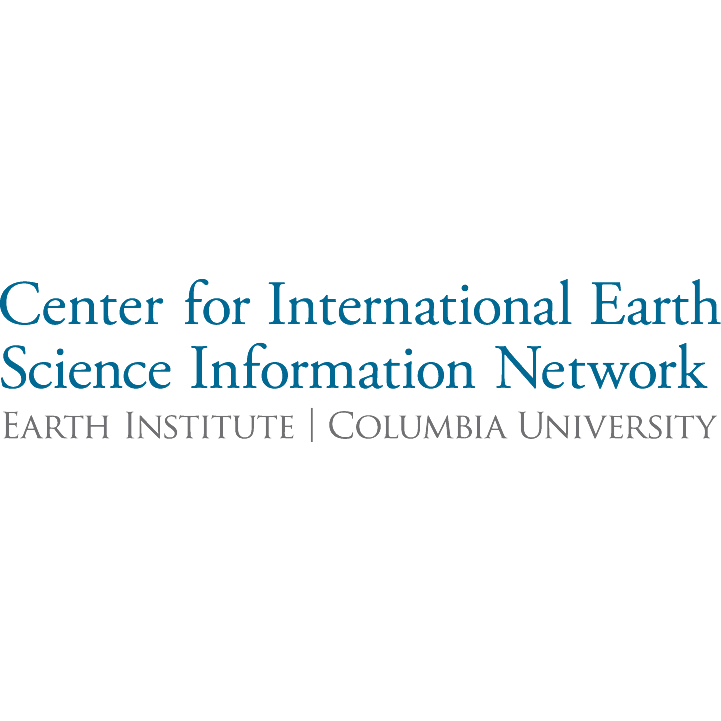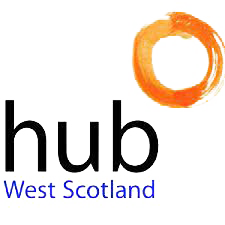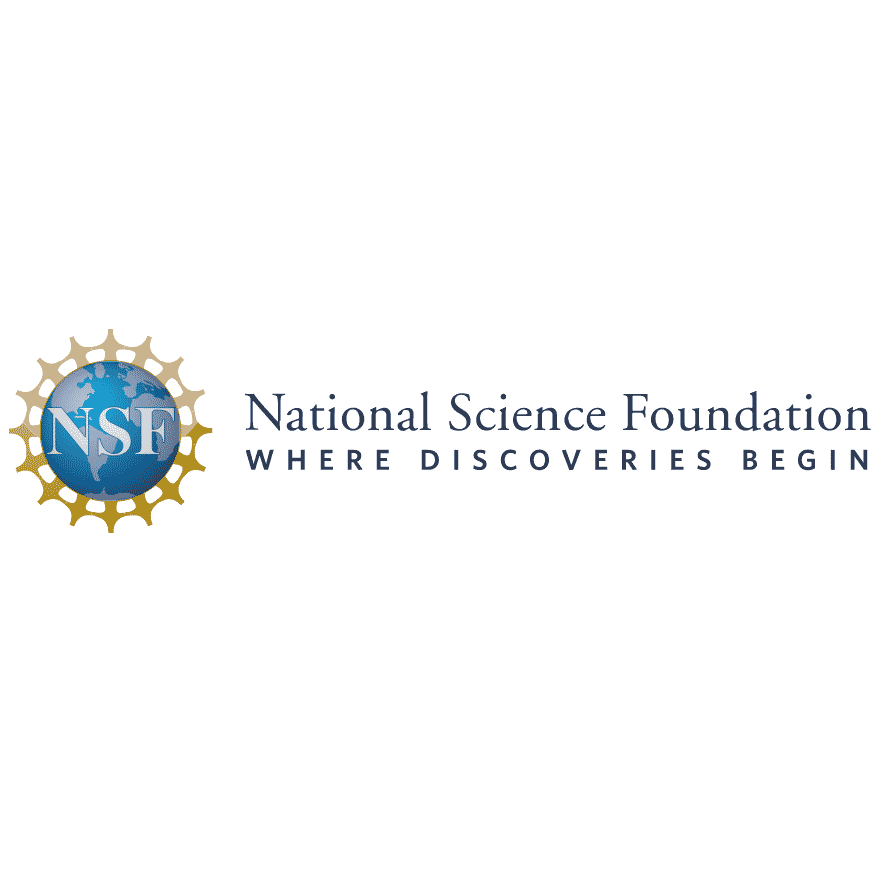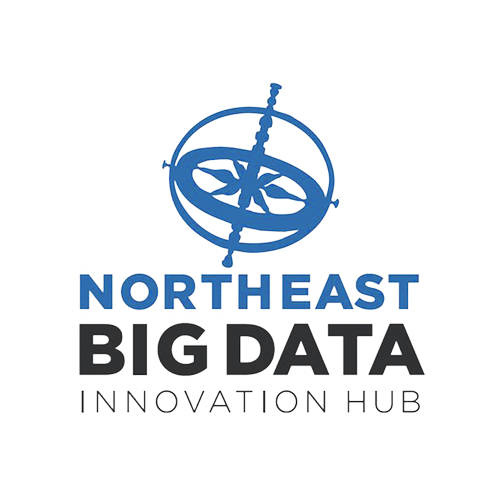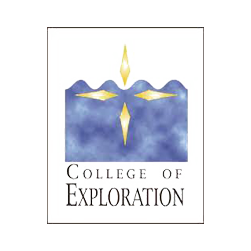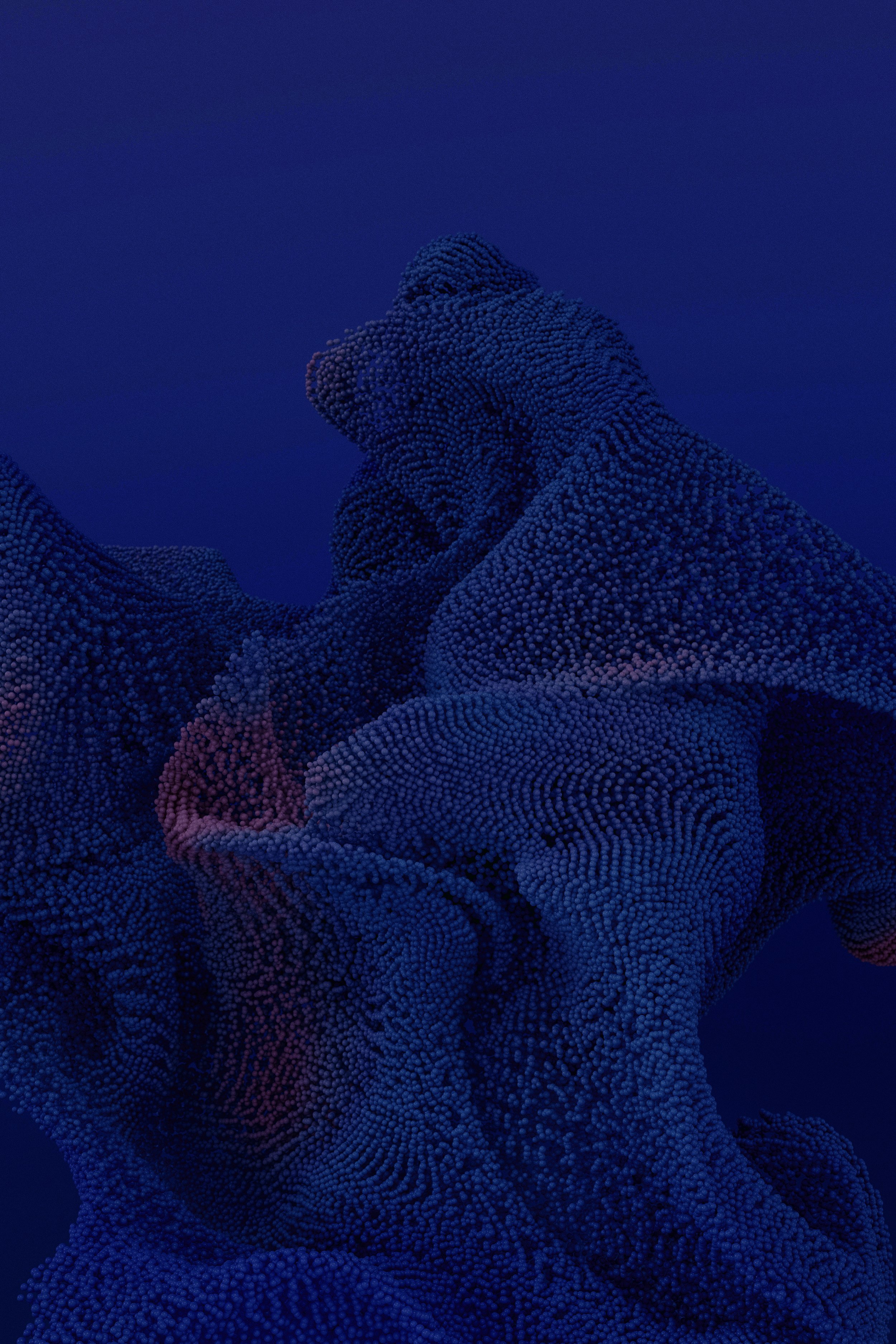
Welcome to WHI
Woods Hole Institute is an experiment in integrative action across the boundaries of science, art, and humanistic thought. WHI is exploring the next big scientific frontier: understanding ourselves and our relationship with nature.
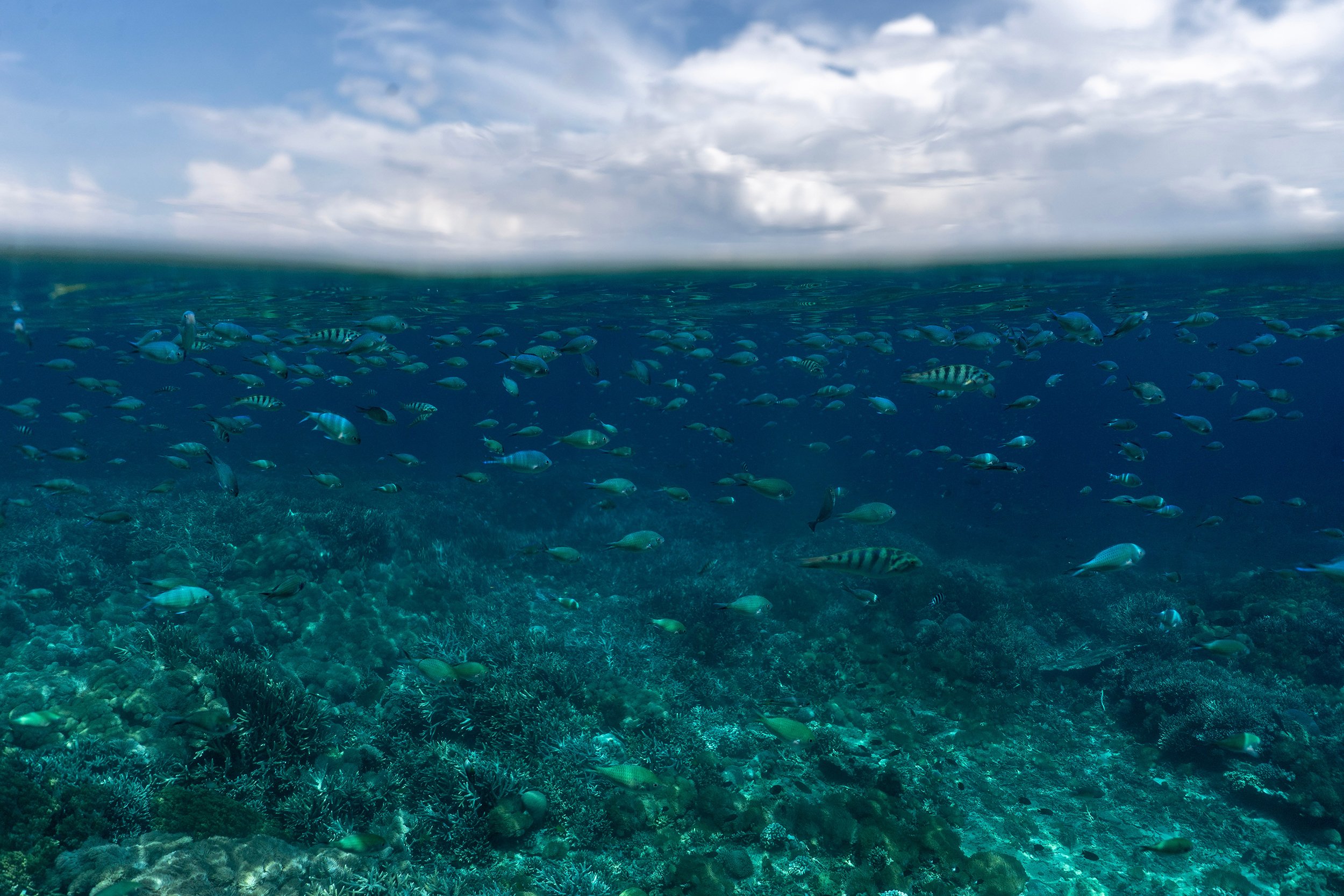
Ocean & Coast
Explore our work relating to sustainability & coastal challenges.

Networks, data + systems
Networks can help us to make sense of this increasingly complex world, making it a useful literacy for people living in the 21st century. To learn more, see Network Literacy: Essential Concepts & Core Ideas.

EVENTS
Woods Hole Institute is a place to help connect people and ideas among disciplines through a wide range of experiences such as colloquia, seminars, retreats, workshops, performances, talks, concerts, and installations.

WHAT WE DO
Woods Hole Institute is a place to help connect people and ideas among disciplines through a wide range of experiences such as colloquia, seminars, retreats, workshops, performances, and installations.

History
Woods Hole is a small village at the southwesternmost end of Cape Cod, Massachusetts. It hosts one of the greatest concentrations of important science institutions in the country. These institutions were originally drawn to this geographic location (starting with the arrival of the U.S. Commission of Fish and Fisheries - now known as NOAA - in 1871) because it is the confluence of a number of surface and deep currents and complex landforms.
The Georges Bank and other continental shelf features make it home to an incredibly rich variety of sea life, which is also why nearby New Bedford is the richest fishery in the country. By 1888, the Marine Biological Laboratory (MBL) was established next door to NOAA, with the Woods Hole Oceanographic Institution emerging in 1930.
Events

Collaborators + Friends
History
Woods Hole is a small village at the southwesternmost end of Cape Cod, Massachusetts. It hosts one of the greatest concentrations of important science institutions in the country. These institutions were originally drawn to this geographic location (starting with the arrival of the U.S. Commission of Fish and Fisheries - now known as NOAA - in 1871) because it is the confluence of a number of surface and deep current, complex landforms.
The George’s Bank and other continental shelf features make it home to an incredibly rich variety of sea life, which is also why nearby New Bedford is the richest fishery in the country. By 1888, the Marine Biological Laboratory (MBL) was established next door to NOAA, with the Woods Hole Oceanographic Institution emerging in 1930.
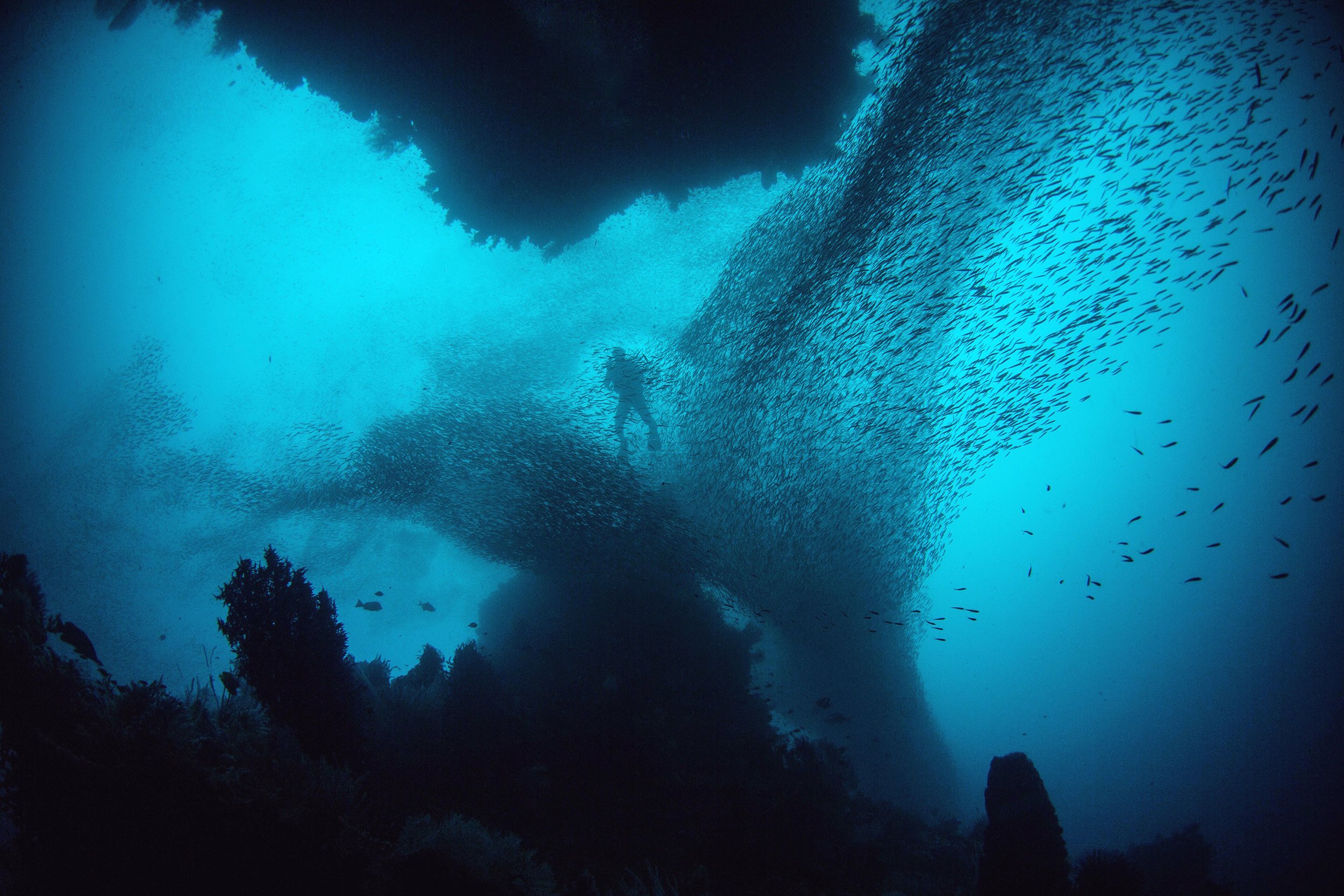
Contact us
Donate
Woods Hole is a 501(c)3 non-profit organization. Your generous donation will be used to prepare the historic and contemporary images for the upcoming exhibit Deep Sea to Deep Learning, and to further develop images and resources for the Challenger exhibit.




